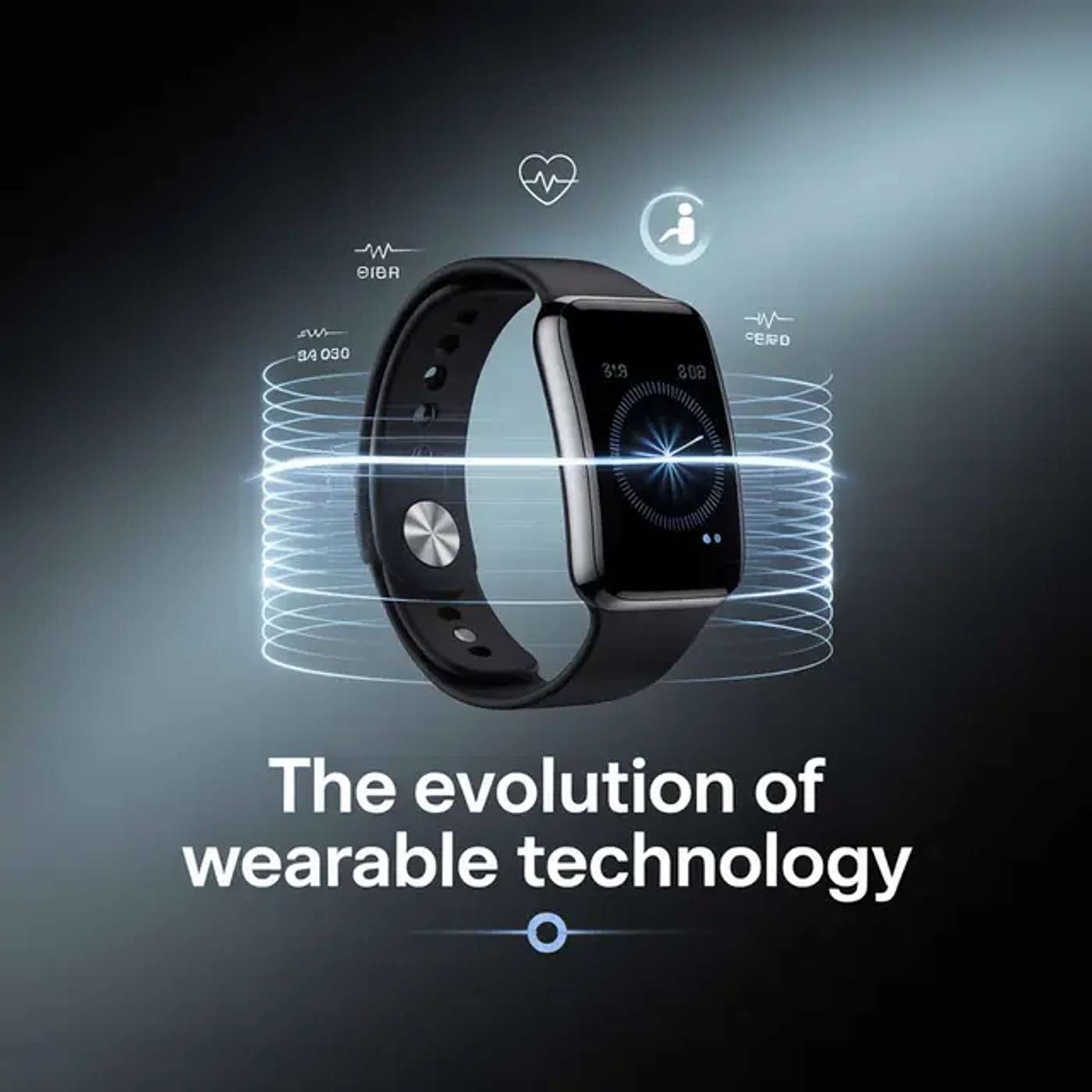
Wearable Tech Revolution: From Fitness Trackers to Medical Diagnosticians
Summary
Wearable technology has evolved far beyond basic fitness tracking to sophisticated health monitoring with AI integration and medical applications. The technology now functions like having a mini-diagnostician on your wrist, tracking everything from heart rate and blood oxygen to stress levels and potential medical conditions. • Advanced sensors and AI algorithms now detect patterns and flag health concerns in real time • Clinical applications expanding to include remote monitoring, post-surg...Wearable technology has evolved far beyond basic fitness tracking to sophisticated health monitoring with AI integration and medical applications. The technology now functions like having a mini-diagnostician on your wrist, tracking everything from heart rate and blood oxygen to stress levels and potential medical conditions.
• Advanced sensors and AI algorithms now detect patterns and flag health concerns in real time
• Clinical applications expanding to include remote monitoring, post-surgery recovery, and chronic disease management
• Privacy and data security remain significant concerns as health information becomes increasingly digitized
• Regulatory landscape is complex with different standards across regions and device classifications
• Future innovations include nanotechnology, bioelectronics, and more personalized health monitoring
• Integration with healthcare systems requires standardized APIs and better electronic health record compatibility
• Accessibility and equity issues need addressing to prevent widening the healthcare gap
• Industry collaboration between tech companies, healthcare providers, and regulators is essential for advancement
Check your heart rate and join us next week for another episode of Tech Between The Lines. Stay curious!